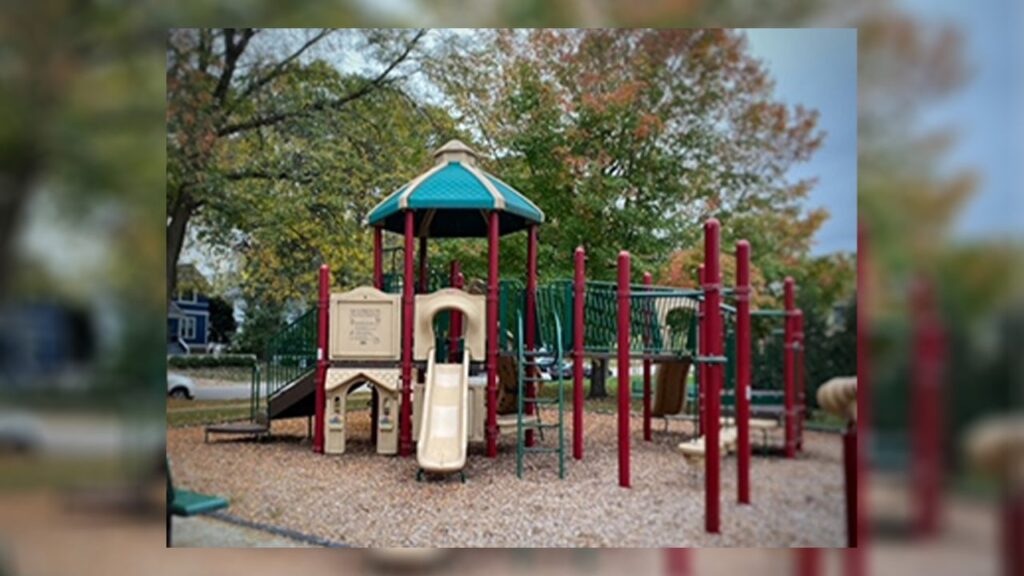In April 2023, a video recorded in Rochester, Minnesota, set off a firestorm of national discussion surrounding race, social media dynamics, and community activism. The video features Shiloh Hendrix, a White woman, confronting a man at a playground and using racial slurs directed at a Black child. This incident not only provoked immediate ire on social media but also resulted in a surprising financial outcome—Hendrix raised over $600,000 for herself via a crowdfunding campaign, while a parallel effort to support the child has also gained significant traction.
The Incident and Its Immediate Aftermath
The controversy ignited when a TikTok video, posted by a user identified as TizzyEnt, went viral, amassing over 10 million views. The footage depicts Hendrix, with a child in her arms, allegedly using racial slurs in response to a child’s actions at the playground. The significant emotional impact of this video was further exacerbated by the fact that the targeted child was identified as being on the autism spectrum, leading many in the community to rally for action.
In the footage, a confrontation arises when a man known as Sharmake Omar questions Hendrix about her language, to which she defiantly responds. This incident raises broader questions about public behavior, societal norms, and racial accountability. The fallout was immediate, with local and national news outlets covering the story extensively and social media sparking a mix of outrage and support for both parties.
The Fundraiser: Controversy and Complications
In the aftermath, Hendrix initiated a crowdfunding campaign on the platform GiveSendGo, claiming her family faced harassment after the video went viral. Initially aiming to raise $50,000, her campaign quickly surpassed that goal, reaching over $600,000, with a revised target of $1 million. Many of the donations came with public messages of support but were notably marred by racist comments, prompting the site to mute the comment section.
Despite the apparent success of Hendrix’s fundraising, concerns were raised about the underlying implications of the support she received. Critics argue that the funds symbolize a problematic endorsement of racist behavior, further complicating discussions related to race and justice in America.
A Community Responds: NAACP Fundraising Efforts
In stark contrast, the Rochester Branch of the NAACP launched its own fundraising initiative aimed at supporting the Black child and his family, which garnered over $341,000 before being closed at the family’s request. In their mission statement, the NAACP emphasized the need for accountability and systemic change, advocating for justice rather than individual fundraising efforts that could be perceived as enabling discrimination.
This effort not only highlights the prevalent racial inequalities but calls for broader community mobilization towards social justice. The organization explicitly stated that the core issue at play was about more than one incident; it addressed the need for a cultural shift in Rochester and similar communities.
The Role of Social Media in Shaping Narrative
Social media played an essential role in both escalating the initial incident and in the subsequent public reaction. The platform’s ability to virally disseminate footage brought the episode to national attention, transforming an isolated conflict into a focal point for discussions on race, privilege, and justice.
Yet, the same platforms that empowered advocacy also became conduits for misinformation and harmful narratives. The rapid spread of the video, alongside the mobilization of funds for Hendrix, showcases a darker side of social media, where financial support is sometimes directed toward troubling behaviors rather than constructive solutions.
The Response from Authorities
In light of the incident, the City of Rochester and its police department announced an inquiry into the video. Local officials expressed a commitment to fostering inclusive and safe public spaces, reiterating their disapproval of the slurs featured in the footage and encouraging witnesses to come forward.
The response from city officials indicates a growing recognition of the need for institutional responses to racism. The engagement from local authorities may signal a path towards addressing not only this incident but also the broader cultural dynamics at play in Rochester.
Looking Forward: The Broader Implications
The events stemming from this viral video spotlight significant societal questions about accountability, community ethics, and the impact of social media on public discourse. As discussions unfold, the key challenges will involve balancing support for victims while scrutinizing the platforms that might inadvertently boost harmful narratives.
Moreover, the need for educational initiatives surrounding race and discrimination is clearer than ever. Many advocates now call for more sustained efforts in combating racism and fostering healthier community dialogues, signaling an opportunity for change as communities grapple with the implications of incidents like those in Rochester.

